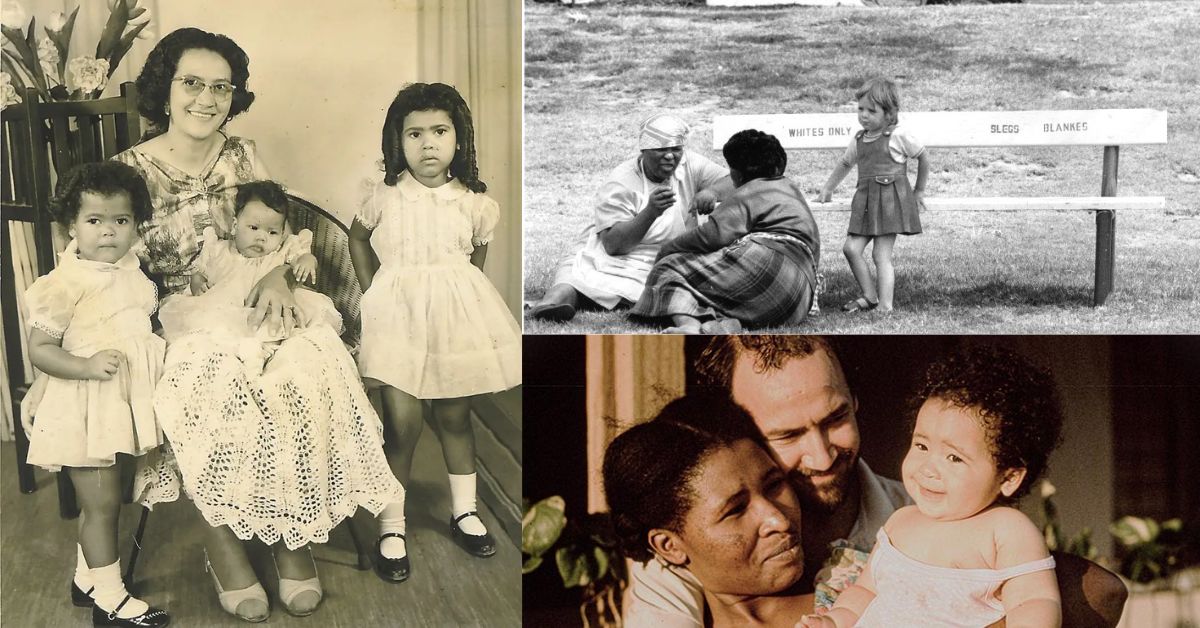History is filled with governing bodies created to enforce societal norms and political ideologies. One such entity, the South African Commission on Bastardization and Miscegenation, represents a dark and painful chapter in the country’s past. This commission was a tool of the apartheid state, designed to investigate and solidify racial segregation.
Understanding this commission is not just an academic exercise; it is a crucial look into the mechanics of institutionalized racism. This article will explore the historical context, purpose, and lasting impact of the Commission on Bastardization and Miscegenation, shedding light on the policies that defined the apartheid era.
The Historical Context: Apartheid’s Rise
To understand the commission, one must first understand the environment from which it emerged. In the early 20th century, South Africa was grappling with complex racial and social dynamics. White minority rule was being consolidated, and ideologies of racial purity and segregation were gaining significant political traction.
These ideas were not new, but they were formalized into state policy with the rise of the National Party and the official implementation of apartheid in 1948. Apartheid was a system of institutionalized racial segregation and discrimination. Its goal was to separate South African society into rigid racial categories: White, Coloured (mixed-race), Indian, and Black.
The Purpose of the Commission
The Commission on Bastardization and Miscegenation was established in the late 1930s, prior to the official start of apartheid, but it was a direct precursor to the movement. Its primary mandate was to investigate the extent of interracial relationships and children born from these unions. The very names of the concepts it was built on—”bastardization” and “miscegenation”—were derogatory terms used to stigmatize and condemn mixed-race children and interracial partnerships.
The commission’s work was driven by a deep-seated fear within the ruling white minority. They believed that interracial unions threatened the “purity” of the white race and undermined the social order they sought to create. Its findings were intended to provide a “scientific” and sociological justification for enacting stricter segregationist laws.
Key Objectives of the Commission
The commission’s work was guided by a set of specific goals, all aimed at reinforcing racial boundaries.
- Investigate Interracial Unions: To gather data on the frequency and nature of relationships between people of different racial classifications.
- Study the “Coloured” Population: To analyze the social and economic status of the Coloured community, which was a direct result of historical interracial unions.
- Recommend Legislation: To propose laws that would prohibit interracial marriage and sexual relations, thereby preventing the birth of more mixed-race children.
- Solidify Racial Classifications: To provide a basis for the rigid racial categorization that would become a cornerstone of apartheid.
From Commission to Law: The Legislative Impact
The recommendations from the Commission on Bastardization and Miscegenation were not left in a report on a dusty shelf. They directly influenced some of the earliest and most infamous pieces of apartheid legislation. The commission’s findings provided the political and moral justification for laws that tore families apart and criminalized love.
Two of the most significant laws that grew out of the commission’s work were the Prohibition of Mixed Marriages Act of 1949 and the Immorality Act of 1950. These laws formed the legislative bedrock of social apartheid.
Foundational Apartheid Legislation
The commission’s influence is most clearly seen in these two acts, which institutionalized racial segregation in the most personal aspects of life.
| Legislation | Year | Purpose | Direct Consequence |
| Prohibition of Mixed Marriages Act | 1949 | Outlawed marriages between “Europeans” (white people) and “non-Europeans” (people of other races). | Existing mixed marriages were recognized, but no new ones could be formed legally. |
| Immorality Act (Amendment) | 1950 | Criminalized sexual relations between white people and people of other races. | Led to arrests, imprisonment, and social ruin for thousands of couples. |
| Population Registration Act | 1950 | Required every citizen to be officially classified into a specific racial group. | Formalized racial identity, making it impossible to escape the segregationist system. |
These laws, underpinned by the ideology promoted by the Commission on Bastardization and Miscegenation, created a society where human relationships were policed by the state. The personal became political, and the consequences were devastating for countless individuals and families.
The Human Cost of Segregationist Ideology
The impact of the commission and the laws it inspired cannot be measured in statistics alone. The human cost was immense. Families were fractured, and individuals were forced to live in fear and secrecy.
Children of mixed ancestry were often caught between worlds, not fully accepted by either community. The term “bastardization” was not just a label; it was a state-sanctioned stigma that carried profound social and psychological weight. People were prosecuted under the Immorality Act based on anonymous tips, leading to police raids and public humiliation. Many chose exile or even suicide over facing the brutal consequences of the law.
The work of the Commission on Bastardization and Miscegenation was central to this suffering. It provided the pseudo-intellectual framework for a system that denied the basic human right to love and form a family with whomever one chooses.
The Legacy of the Commission
The apartheid laws that the commission helped create were eventually repealed in the 1980s and 1990s as the system began to crumble. However, the legacy of this era continues to affect South African society. The deep-seated racial classifications and social divisions promoted by the state do not simply vanish when laws are changed.
Studying the Commission on Bastardization and Miscegenation is a sobering reminder of how easily discriminatory ideas can be translated into oppressive state policy. It shows how commissions and “studies” can be used not to find truth, but to justify a pre-determined political agenda. It stands as a powerful historical example of the dangers of ideologies based on racial purity.
In post-apartheid South Africa, the nation continues to heal from these wounds. Understanding the history of institutions like this commission is a vital part of that healing process, ensuring that the mistakes of the past are never forgotten or repeated.
ALSO READ THIS POST: Rick Schroder Beefcake Pictures: A Cultural Retrospective
Frequently Asked Questions (FAQs)
1. Was the commission’s work publicly challenged at the time?
Yes, liberal and anti-apartheid groups vocally opposed the commission and the subsequent laws, though their influence was limited against the powerful National Party.
2. Did the commission use any scientific methods?
The commission’s work was based on pseudoscience and racist ideology, not on credible or objective scientific methodology.
3. What happened to families in mixed marriages before the 1949 Act?
Their marriages remained legally valid, but they faced immense social pressure and were often ostracized. Their children were classified as “Coloured.”
4. Were similar commissions established in other countries?
While other countries had anti-miscegenation laws (like parts of the U.S.), this specific type of state-sponsored commission was a hallmark of South Africa’s path to apartheid.
5. How does South African law address race today?
Post-apartheid South Africa’s constitution provides for equality and non-discrimination, with policies aimed at redressing the imbalances created by the former racist system.







